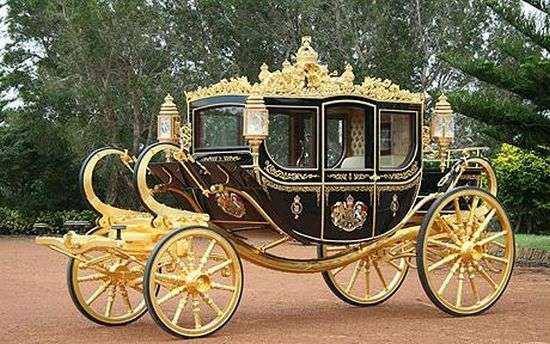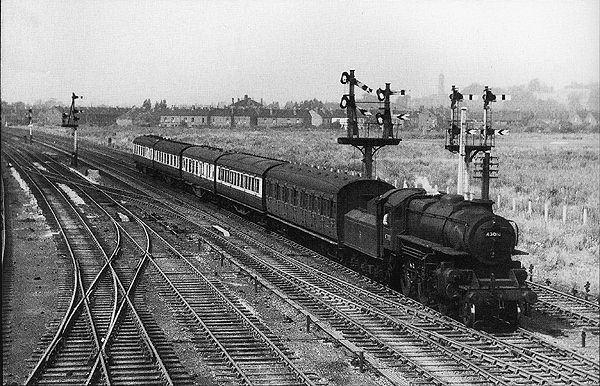Stamp: Grape & Flying Bird overprint (Cinderellas 1993)
Grape & Flying Bird overprint (Cinderellas 1993)
01 January (Cinderellas ) within release Moldova goes into circulation Stamp Grape & Flying Bird overprint face value 10 Moldovan ruble
| Stamp Grape & Flying Bird overprint in catalogues | |
|---|---|
| Colnect codes: | Col: MD-1993-05 |
Stamp is vertical format.
Olive Green overprint on 2k USSR stampAlso in the issue Moldova:
- Stamp - Grape & Flying Bird overprint face value 50;
- Stamp - Emergency overprint face value 25;
- Stamp - Grape & Flying Bird overprint face value 5;
- Stamp - Grape & Flying Bird overprint face value 30;
- Stamp - Grape & Flying Bird overprint face value 25;
- Stamp - Grape & Flying Bird overprint face value 50;
- Stamp - Grape & Flying Bird overprint face value 5;
- Stamp - Grape & Flying Bird overprint face value 10;
- Stamp - Grape & Flying Bird overprint face value 10;
- Stamp - Grape & Flying Bird overprint face value 3;
- Stamp - Grape & Flying Bird overprint face value 30;
Stamp Grape & Flying Bird overprint it reflects the thematic directions:
Birds (Aves), a subgroup of Reptiles, are the last living examples of Dinosaurs. They are a group of endothermic vertebrates, characterised by feathers, toothless beaked jaws, the laying of hard-shelled eggs, a high metabolic rate, a four-chambered heart, and a strong yet lightweight skeleton. Birds live worldwide and range in size from the 5 cm (2 in) bee hummingbird to the 2.75 m (9 ft) ostrich. They rank as the class of tetrapods with the most living species, at approximately ten thousand, with more than half of these being passerines, sometimes known as perching birds. Birds are the closest living relatives of crocodilians.
A carriage is a two- or four-wheeled horse-drawn vehicle for passengers. Second-hand private carriages were common public transport, the equivalent of modern cars used as taxis. Carriage suspensions are by leather strapping or, on those made in recent centuries, steel springs. Two-wheeled carriages are usually owner-driven.
A grape is a fruit, botanically a berry, of the deciduous woody vines of the flowering plant genus Vitis. Grapes are a non-climacteric type of fruit, generally occurring in clusters.
Railways - Transportation system made up of metal rails which is designed to allow trains to maneuver on the tracks from one location to the next.
A modern sailing ship or sailship is any large wind-powered vessel. Traditionally a sailing ship (or simply ship) is a sailing vessel that carries three or more masts with square sails on each. Large sailing vessels that are not ship-rigged may be more precisely referred to by their sail rig, such as schooner, barque (also spelled "bark"), brig, barkentine, brigantine or sloop. There are many different types of sailing ships, but they all have certain basic things in common. Every sailing ship has a hull, rigging and at least one mast to hold up the sails that use the wind to power the ship. The crew who sail a ship are called sailors or hands. They take turns to take the watch, the active managers of the ship and her performance for a period. Watches are traditionally four hours long. Some sailing ships use traditional ship's bells to tell the time and regulate the watch system, with the bell being rung once for every half hour into the watch and rung eight times at watch end (a four-hour watch). Ocean journeys by sailing ship can take many months, and a common hazard is becoming becalmed because of lack of wind, or being blown off course by severe storms or winds that do not allow progress in the desired direction. A severe storm could lead to shipwreck, and the loss of all hands. Sailing ships are limited in their maximum size compared to ships with heat engines, so economies of scale are also limited. The heaviest sailing ships (limited to those vessels for which sails were the primary means of propulsion) never exceeded 14,000 tons displacement. Sailing ships are therefore also very limited in the supply capacity of their holds, so they have to plan long voyages carefully to include many stops to take on provisions and, in the days before watermakers, fresh water.





